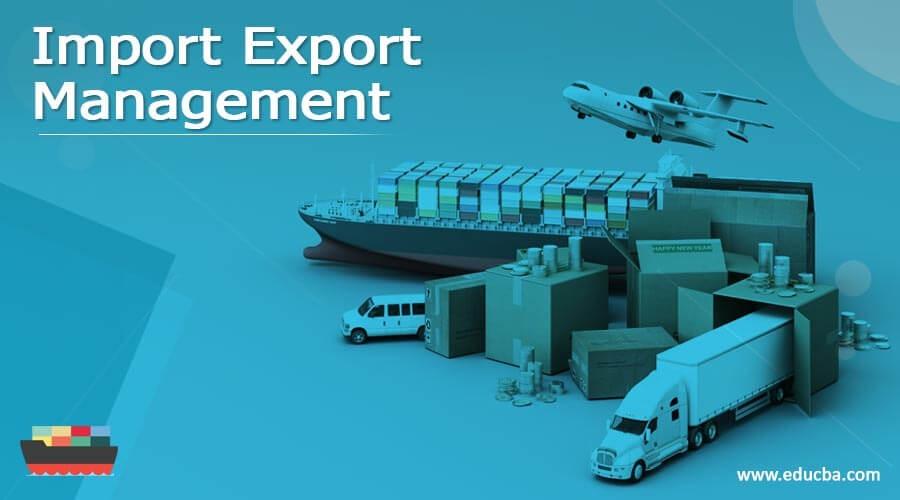Import and export management involves the planning, coordination, and execution of activities related to the international trade of goods and services. It encompasses various aspects of the import and export processes, including legal compliance, logistics, documentation, and financial transactions. Here are key elements of import and export management:
1. Legal and Regulatory Compliance:
- Understanding and adhering to the laws and regulations governing international trade, including import and export restrictions, tariffs, customs procedures, and trade agreements.
- Ensuring compliance with both domestic and foreign trade laws to avoid legal issues and penalties.
2. Market Research and Analysis:
- Conducting thorough market research to identify potential export markets or sources of imports.
- Analyzing market trends, demand, and competition to make informed decisions on product pricing, positioning, and market entry strategies.
3. Product Classification and Documentation:
- Properly classifying products according to international trade codes (e.g., Harmonized System codes) for accurate customs declarations.
- Preparing and managing the required documentation, such as invoices, packing lists, certificates of origin, and other export/import documentation.
4. Logistics and Supply Chain Management:
- Coordinating the movement of goods from the point of origin to the destination, considering transportation modes, shipping routes, and delivery timelines.
- Managing the supply chain efficiently to minimize lead times and optimize inventory levels.
5. Financial Management:
- Handling international payment transactions, including managing letters of credit, documentary collections, and other payment methods.
- Mitigating financial risks associated with currency fluctuations and trade financing.
6. Customs Clearance:
- Facilitating smooth customs clearance by providing accurate documentation and complying with customs regulations.
- Addressing any issues that may arise during customs inspections.
7. Risk Management:
- Identifying and mitigating risks associated with international trade, including political, economic, and logistical risks.
- Implementing strategies to minimize exposure to risks and ensure business continuity.
8. Quality Control and Compliance:
- Ensuring that products meet quality standards and regulations in both the exporting and importing countries.
- Implementing quality control measures to maintain product integrity throughout the supply chain.
9. Market Entry Strategies:
- Developing effective market entry strategies, considering factors such as cultural differences, marketing approaches, and local business practices.
10. Relationship Management:
- Building and maintaining strong relationships with international partners, including suppliers, distributors, and customers.
- Effective communication and negotiation skills to navigate cultural differences and establish mutually beneficial partnerships.
Import and export management requires a comprehensive understanding of global trade dynamics and the ability to navigate complex international business environments. Staying informed about changes in regulations, market conditions, and industry trends is crucial for successful import and export operations.

 SkillClick
SkillClick
